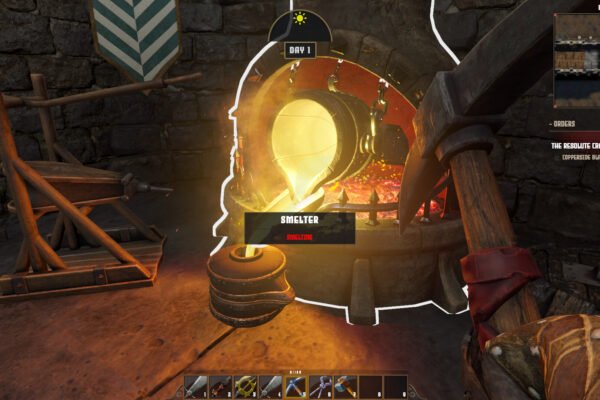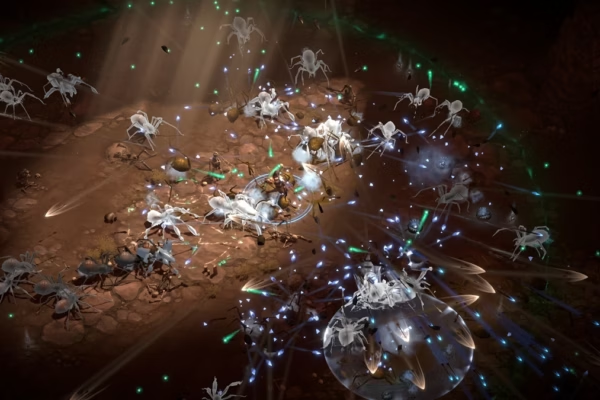What kind of games do you play? It’s a simple question, of course, and one that you probably don’t even think about on a daily basis. That’s fair, but give it some thought just now. Really think about the kind of games you play, and not about their genre and/or niche but wider. Are they multiplayer or singleplayer? Systems-driven or narrative-focused? Sandbox? Do you build stuff, or do you wreck stuff?
The bit I want you to think about, specifically, is whether you mainly play games that give you stories for you to experience, or ones where you generate your own stories on-the-go. This distinction might seem academic at first glance, but I’ve come to believe it represents one of the most fundamental differences in how we approach interactive entertainment. Some players crave carefully crafted narratives with defined beginnings, middles, and ends: experiences that unfold according to the developer’s vision. At the same time, others seek dynamic systems where emergent storytelling takes precedence, where the most memorable moments come up not from scripted sequences but from the unpredictable intersection of game mechanics and player choice.
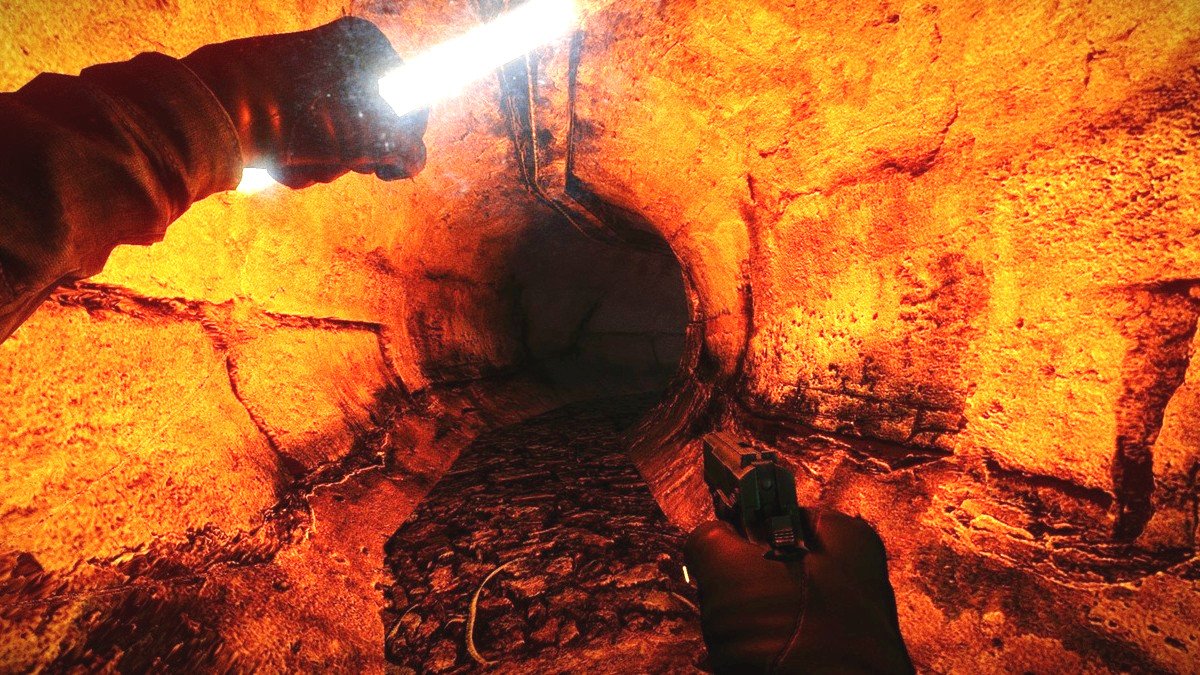
The Tale of Two STALKERs
Need an example? No worries, I can help, because I’ve actually been actively playing two different STALKER games these days. As strange as that might sound, the fact of the matter is that STALKER 2: Heart of Chornobyl is pretty darn good, but it’s categorically not the same thing as modded, sandboxed-off versions of ye olden series entries, like STALKER: GAMMA for example.
I appreciate the fact that many aren’t familiar with the intricacies of STALKER, its official first-party releases, and the absolutely ridiculous number of bespoke third-party mods it plays host to. I myself often get lost sifting through all these game builds, honestly, and unless you’re chasing down a very specific kind of neo-retro sorta-apocalyptic gameplay loop, odds are good you’ll get your kick out of a regular STALKER game just fine. The franchise has spawned an ecosystem so complex and varied that it’s become almost impossible to recommend a single entry point without first understanding what kind of experience a player is seeking.
The curious thing about the old STALKER games (Shadow of Chornobyl through Call of Pripyat, specifically) is that they never were all that sandboxy to begin with. They were largely linear and reasonably straightforward affairs in the vein of Far Cry and Crysis, actually, and most decidedly not fully open-world sandbox ordeals. Regardless, classic STALKER was astonishingly good at selling the fantasy of being an open-world experience, and that specifically is what the modding community has been trying (and succeeding!) to recreate. The games had this remarkable ability to make their relatively confined spaces feel vast and alive, populated with NPCs who seemed to have their own agendas and motivations beyond simply existing as quest-givers or combat encounters.

A World of Difference
Seriously, I cannot overstate just how big of a gap there is between the vanilla build of STALKER 2 and the version of STALKER that most players will have become familiar with. They’re worlds apart on almost every single level, from the survival loop all the way to combat, but that’s not easily identifiable at a glance. They look oh-so-similar, do they not? Both feature the same post-apocalyptic aesthetic, the same gritty atmosphere of the Chernobyl Exclusion Zone, and similar weapon handling mechanics. Yet beneath this surface similarity lies a fundamental philosophical divide about what the STALKER experience should actually be.
The biggest difference between the two, however, is without a doubt the core focus of these experiences. STALKER 2: Heart of Chornobyl absolutely leans more towards the open-world exploration fantasy that old STALKER did not, but if you take the modded Anomaly build of old STALKER, it’s an almost entirely sandbox experience where narrative hardly ever gets in the way. In STALKER 2, you’re still goaded to move along the main quest, and there’s no way to continue playing the game after you’ve wrapped it up. In Anomaly and its many, many offshoots (I highly recommend GAMMA in particular), immersion and survival sim is the main draw. These modded versions transform the Zone into a living, breathing ecosystem where faction conflicts, economic systems, and survival mechanics create stories organically through the intersection of complex systems rather than through predetermined narrative beats.
These are qualitatively entirely different experiences and comparing the two at anything but the most surface of levels is downright silly. Sure, we can contrast the combat loop, and we can discuss whether Anomaly‘s glut of collectible objects is a pro or a con in its own right, but you play the former to finish it, and the latter to experience it. And that, I think, is key to all of this.
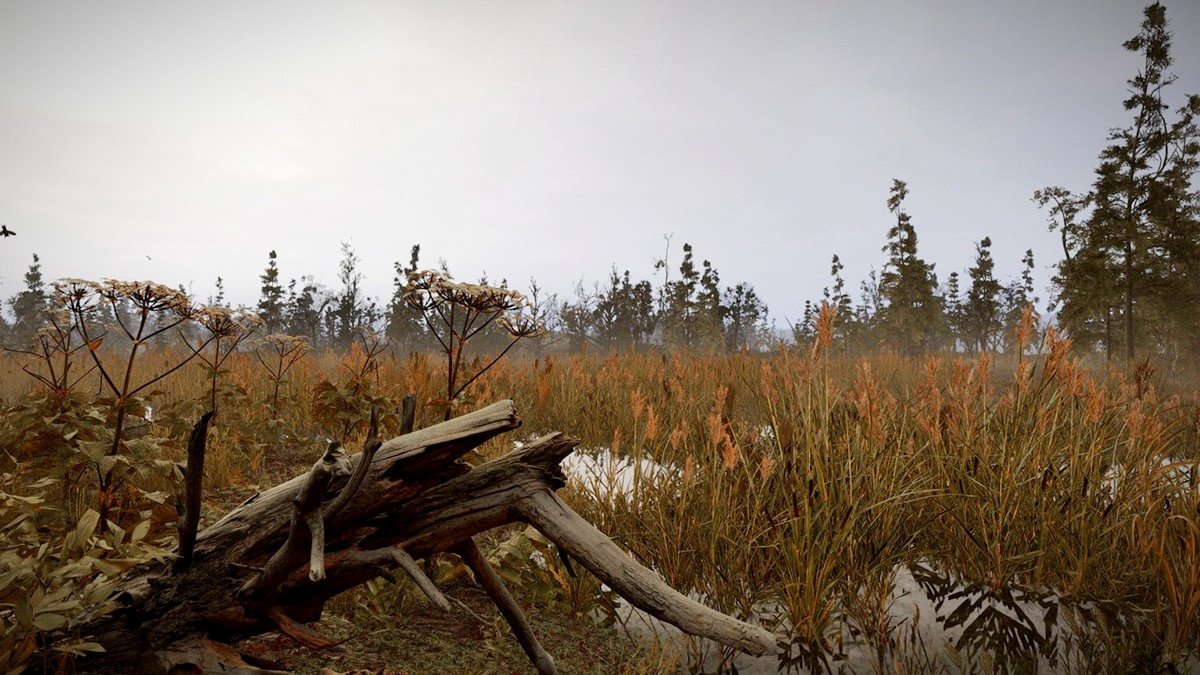
The Broader Question
So, what kind of games do you play? Do you seek out stories to experience the way the developer intended, or do you hunt for immersion and a constant, ever-evolving sandbox where stories emerge from the gameplay loop? I’m only using STALKER and STALKER 2 to illustrate my point here, the same principle can very easily be applied to a huge number of other titles. It’s just that these two games I’m intimately familiar with, and they happen to be in the same franchise, to boot.
The reason I’m repeating the same question over and over again is that I think this is a key consideration when we choose which games to play. We all have our tastes and choose to purchase new games based on that, but how many of us actually understand the specifics of what we’re pursuing? I never thought about the difference between story-driven and story-creating games up until very recently, and I now think it may be the single most important distinction you’ll ever make in this regard. Understanding your preference can save you from disappointment and guide you toward experiences that truly resonate with your gaming sensibilities.
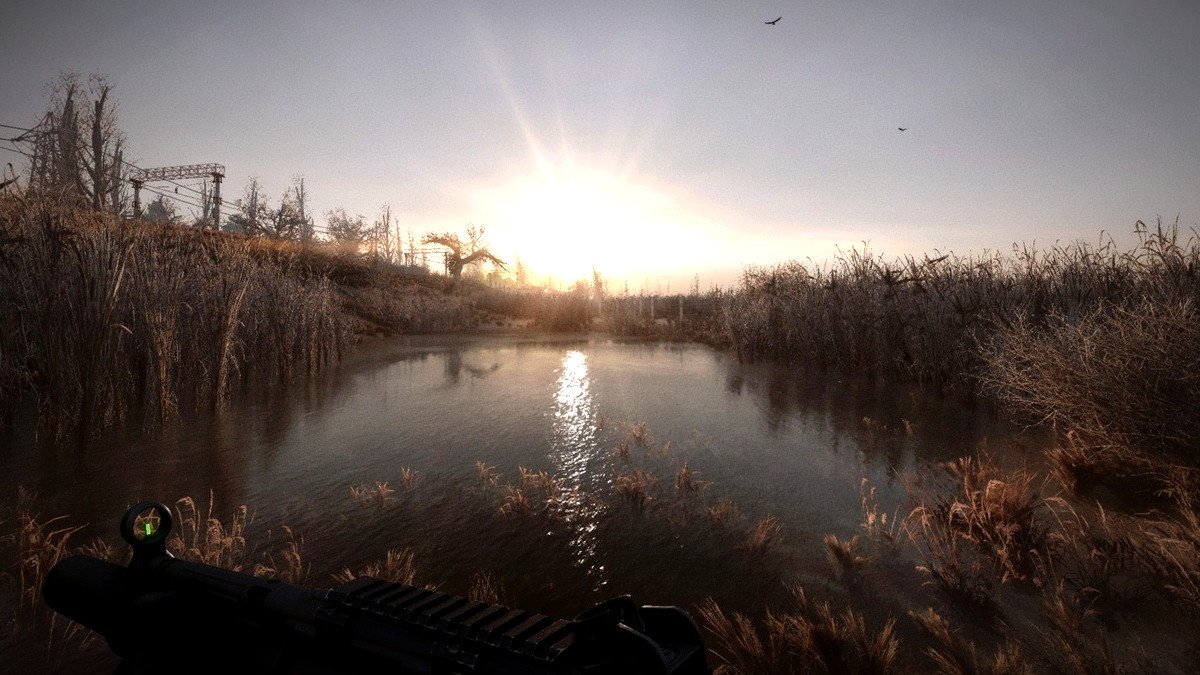
Why STALKER 2 Faced Backlash
In fact, I’m going to take this discussion a step forward and make a highly contestable claim: this distinction between the old (modded) and the new STALKER games is a crucial reason why so many people were so unhappy with Heart of Chornobyl when it first came out. Even though the basic-ass GSC-developed STALKER games were largely linear and barely sandbox, the modding community’s (frankly phenomenal) work at turning them into full-featured, organic open-worlds became the de facto standard over the years.
Then, Heart of Chornobyl came out a whopping 14 years later and naturally compared unfavorably to what the community had expected from it. After all, modded STALKER is the only kind of STALKER most of us played in the years interim: it’s hard not to compare! The modding community had essentially created an entirely new interpretation of what the STALKER experience could be, one that prioritized emergent gameplay and systemic depth over narrative structure and quest progression. When GSC Game World returned with their official sequel, it represented a return to their original design philosophy rather than an evolution of the community’s vision.
This expectation mismatch represents a broader challenge in game development: how do you satisfy a community that has fundamentally transformed your original vision? There’s more to this than just the community’s expectations, of course, but it’s a huge chunk of the whole equation for sure. Developers must navigate the delicate balance between honoring their creative intent and acknowledging the valid interpretations that communities have built around their work.
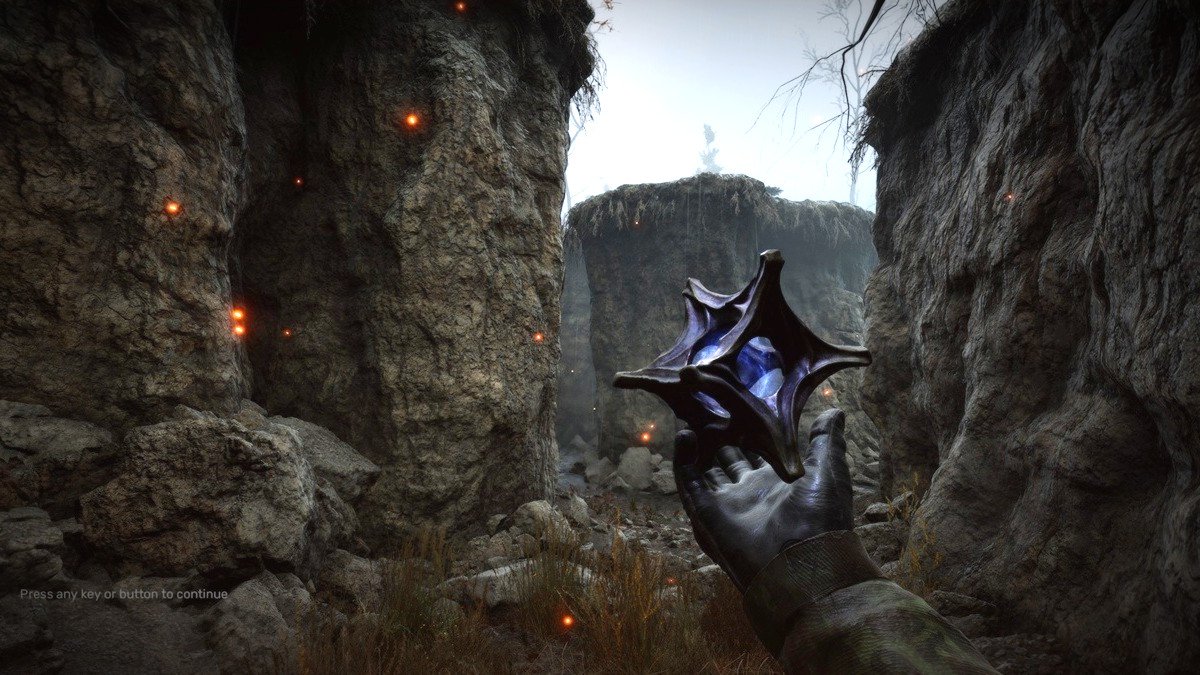
The Bottom Line
Understanding whether you prefer authored experiences or emergent storytelling can revolutionize how you choose games. It’s not just about genre preferences: it’s about the fundamental relationship you want with the virtual worlds you inhabit. Do you want to be guided through a carefully orchestrated experience, or do you prefer to see what madness happens due to an interaction of complex systems clashing against one another?
This distinction cuts across traditional genre boundaries and explains why some players bounce off critically acclaimed games while others lose hundreds of hours to titles that might seem repetitive or aimless to outside observers. So think back to the question from the start of the article, again: what kind of games do you really play?
It’s not a massively complicated question, but if you’re like me then you might not have given it much thought at all. Crucially, thinking about games in the context of them being story generators as opposed to story-telling devices will absolutely help you choose the right title for the job. Give it a shot.

